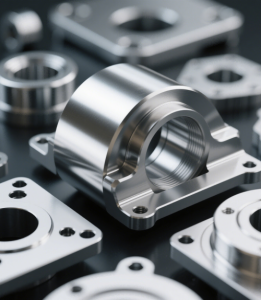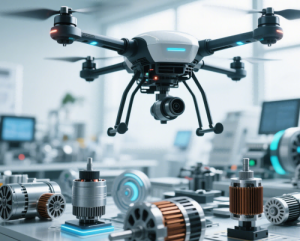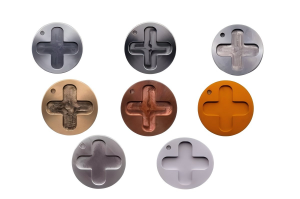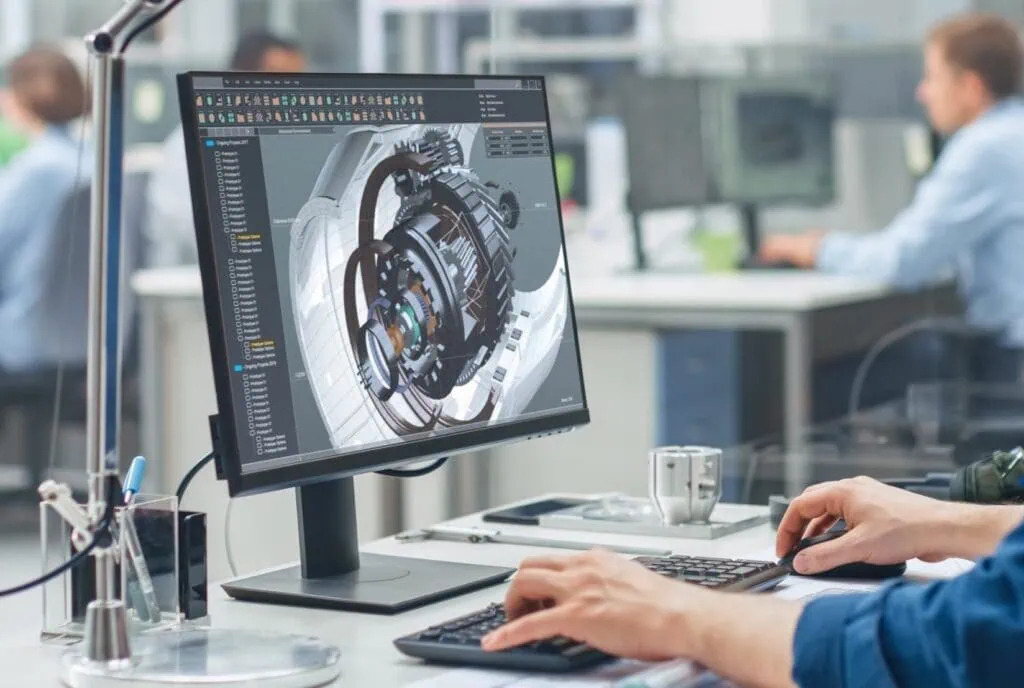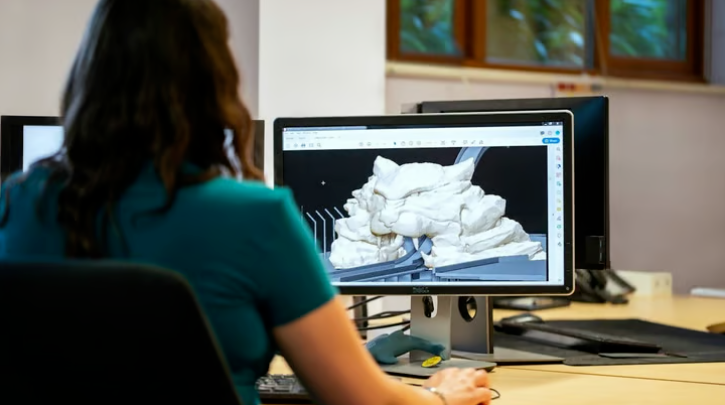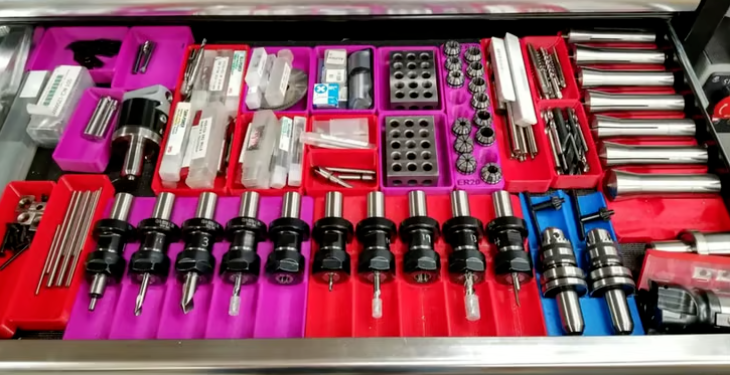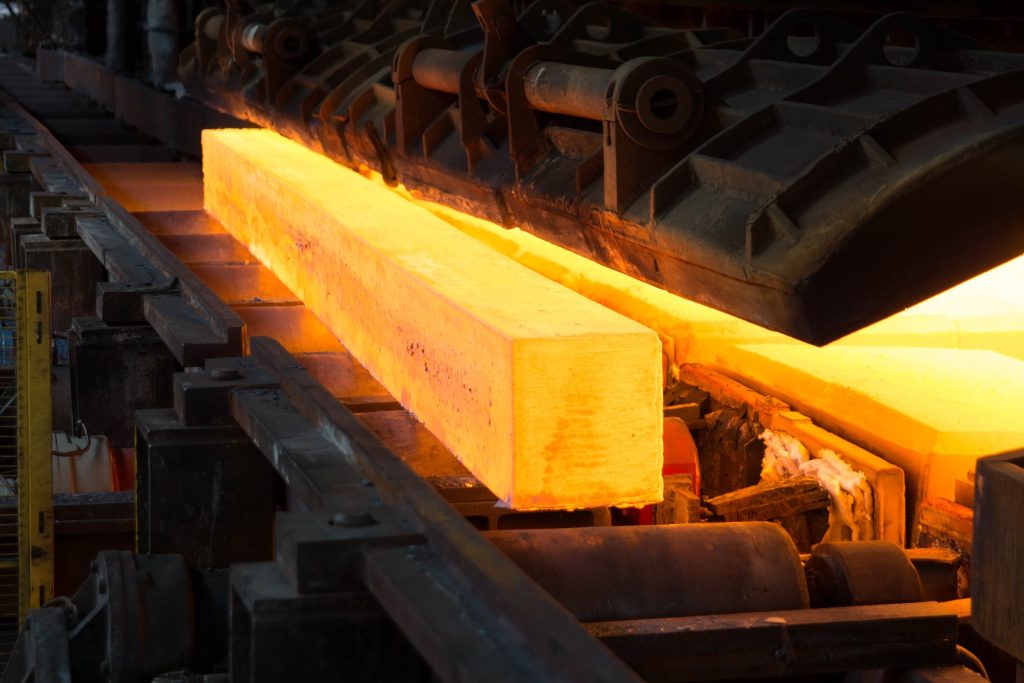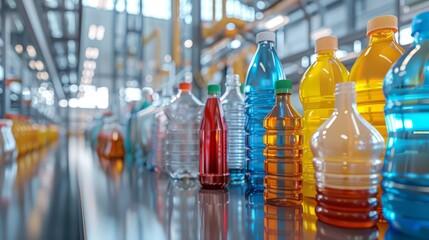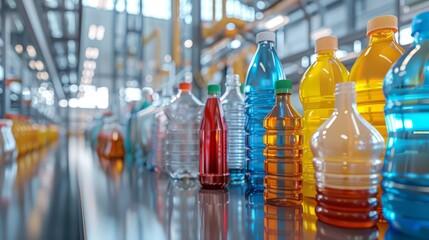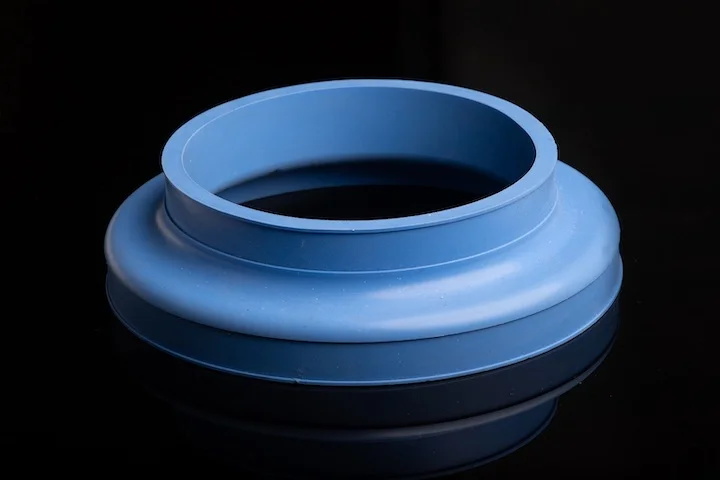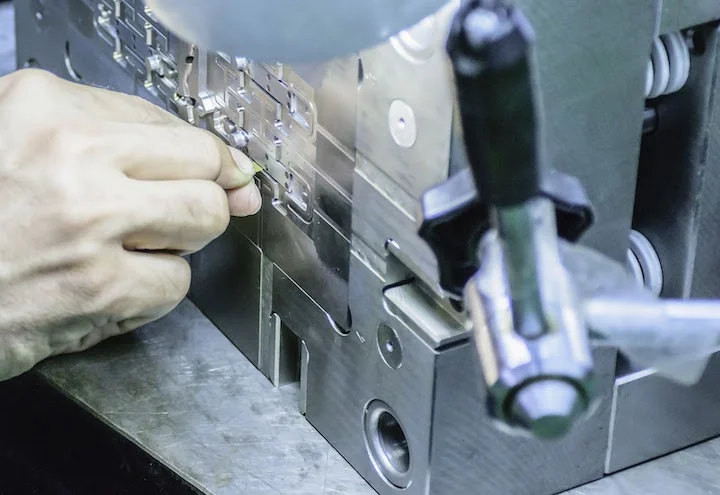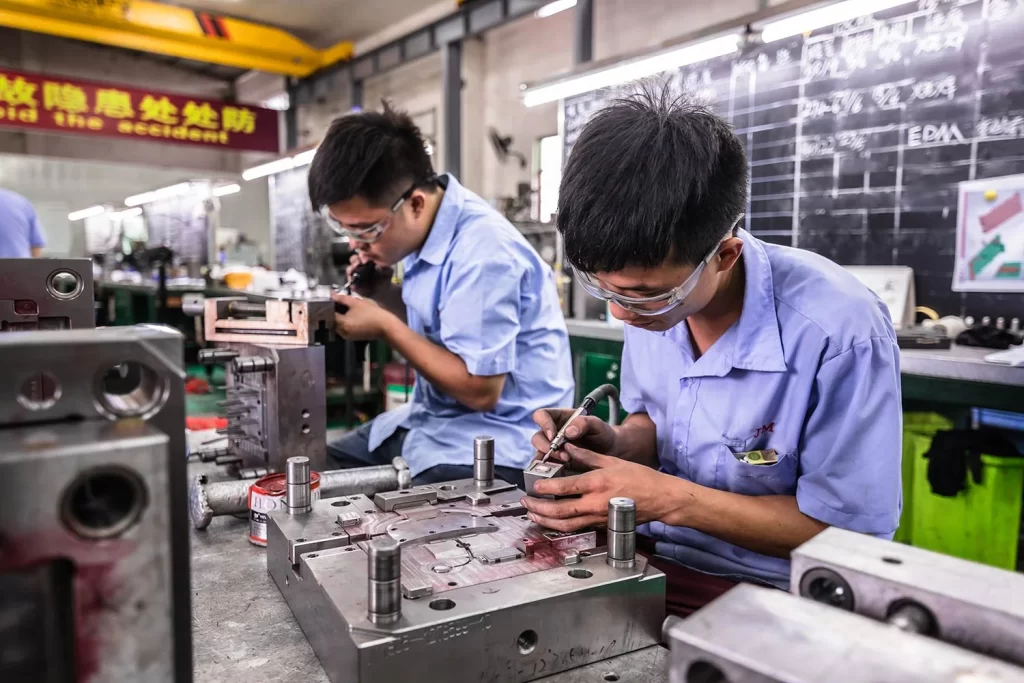What is Sandblasting? Why Choose Sandblasting?Sandblasting, though sounding industrial, is ubiquitous in our lives—from surface treatment of metal components to delicate polishing of artworks. Today, let’s delve into the mysteries of this process.
The Basics of Sandblasting
Sandblasting uses high-velocity abrasive jets to impact and friction against a workpiece’s surface, achieving effects like cleaning, rust removal, and corrosion resistance while increasing surface roughness to enhance coating adhesion. This process is akin to countless tiny hammers striking the surface, physically removing impurities and altering surface properties.
Key Functions and Applications
1. Surface Cleaning
Sandblasting completely removes dirt, rust, paint, and other impurities from surfaces, revealing the original metal luster or base color. This cleaning is more thorough than traditional chemical methods and won’t damage the object.
2. Surface Roughening
Sandblasting creates a uniform rough texture on surfaces, crucial for subsequent coating or bonding processes. This roughness improves adhesion between coatings and the surface, making coatings more durable.
3. Deburring
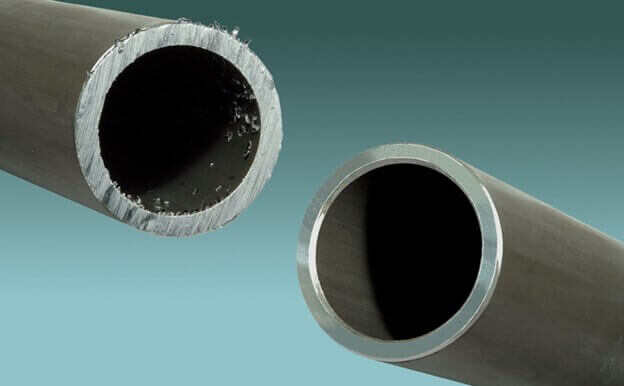
In machining, parts often have tiny burrs that affect both aesthetics and performance. Sandblasting effectively removes these burrs, smoothing the surface.
4. Surface Strengthening
Sandblasting can form a hardened layer with high hardness and wear resistance on metal surfaces, enhancing their abrasion and corrosion resistance—especially important for components exposed to harsh environments.
5. Artistic Effects
Unexpectedly, sandblasting creates artistic effects. Artists use it to carve unique textures and patterns into hard materials, adding distinct charm to their works.
Abrasive Types and Suitability
Sandblasting employs various abrasives, including quartz sand, emery, glass beads, and steel shot, each suited for different surface treatment needs:
- Quartz sand removes oxidation layers and rust from metal surfaces.
- Glass beads polish aluminum and stainless steel with minimal impact, yielding a finer surface finish.
Application Fields
Sandblasting applies widely across industries:
- Metal Surface Treatment: Removes rust, oxide scales, and old paint, preparing surfaces for painting or electroplating.
- Mechanical Manufacturing: Removes burrs and slag from parts, improving surface quality.
- Aerospace, Automotive, Electronics, Construction: Enhances component durability and aesthetic appeal.
Process Advantages and Challenges
Advantages
- High Efficiency: Quickly removes rust, oxidation, and contaminants.
- Improved Adhesion: Enhances coating/electroplating adhesion and service life.
- Versatility: Suits various materials and surface treatment needs.
Challenges
- Dust Pollution: Dry sandblasting generates large dust, requiring protective measures.
- Surface Damage: High-pressure blasting may damage workpieces, necessitating parameter control and abrasive selection.
- Equipment Costs: Initial investment in sandblasting equipment and abrasives is high.
Specialized Equipment
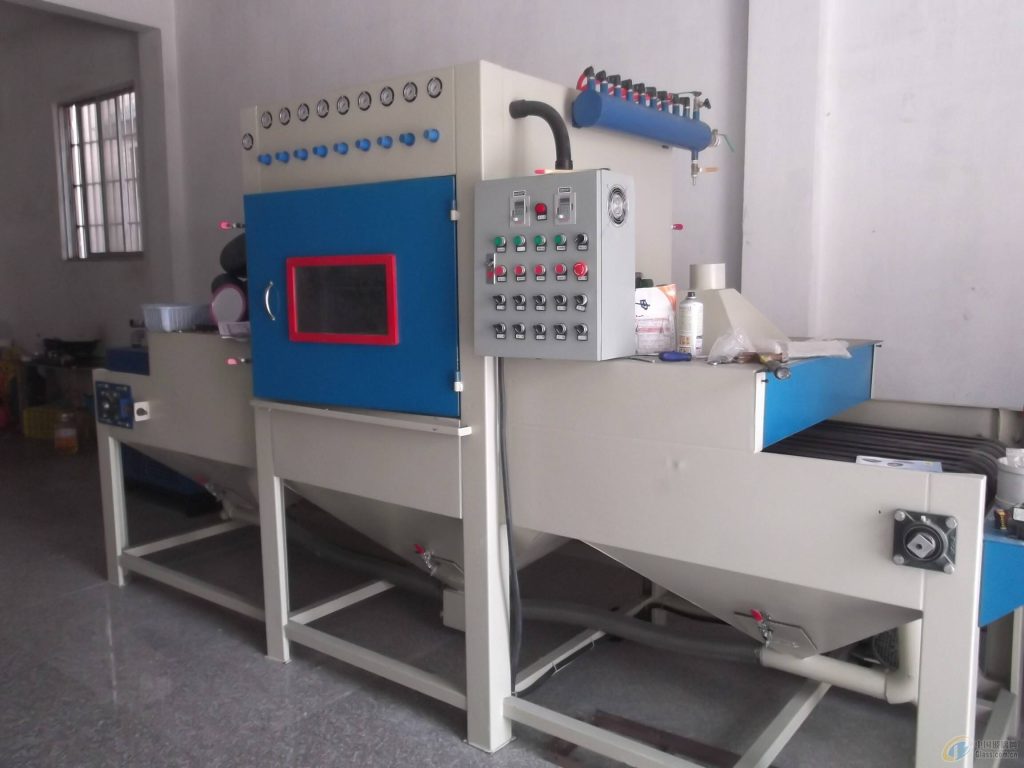
Automatic Conveyor Sandblaster
Sandblasting requires specialized equipment:
- Dry Sandblasters: Use compressed air to eject abrasives, ideal for large areas and high efficiency.
- Wet Sandblasters: Mix abrasives with water into a slurry, suitable for sensitive materials or rust prevention.
Key components include an air compressor, gas tank, spray gun, abrasive tank, control valves, and connecting pipes. Operation requires adjusting parameters like blasting pressure, angle, and distance based on surface requirements.
Conclusion
Sandblasting is a vital surface treatment technology used in industry and art. By blasting abrasives at high speed, it effectively removes surface impurities, enhances adhesion and wear resistance, and prepares surfaces for subsequent processes. Different abrasives and equipment can be selected to optimize treatment for specific needs.
While offering efficient, high-quality surface solutions, sandblasting poses environmental and safety challenges that require specialized handling. As technology advances, sandblasting will continue to play a key role in various fields, supporting industrial production and artistic creation.
For more information, please contact Debaolong Seiko.

